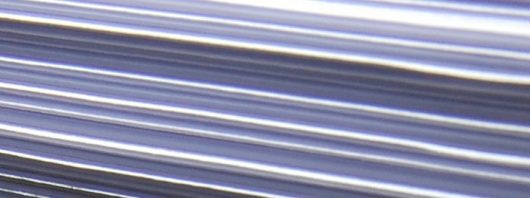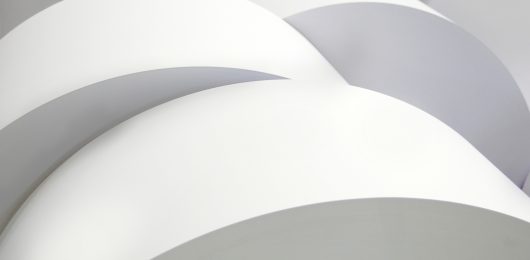


Every line of Santa Maria paper is of acid-free paper. Do you know what the advantage of this is?
To better understand this feature we need to first understand the definition of paper bonding. Paper bonding consists of reducing or retarding the water penetration in the paper without waterproofing it. Paper used for printing or writing are necessarily bonded.
In the past, paper was all made by the acid etching process. In this process, aluminum sulphate, rosin glue, and alumina were used as bonding agents. These additives acidified the medium and the end product produced had a pH range of 3.5 to 5.5. Acid paper had a major disadvantage, which was that it had a yellowish hue and also had very low durability, that is, it would degrade easily and lose whiteness and brightness over time.
New technologies were developed, in which bonding agents were replaced by products that are derived from petroleum (ASA and AKD glue), which granted greater stability at an alkaline pH range of 7.5 to 8.5. As a result, the calcium carbonate used as a mineral filler became more stable and the paper, in addition to having greater whiteness, also became more durable without the
reversal of brightness and degradation of before.
Despite the advantages mentioned above, it is worth mentioning a characteristic that may occur in the offset printing processes and that only occurs with alkaline paper. Within the printing process, one of the most important variables regarding control is the wetting agent.
Features such as pH and conductivity are of great importance in order to have a good balance between the wetting agent, ink, and paper. This solution has a more acidic pH, and should remain in a range between 4.5 and 5.5. If the pH becomes more acidic, the alkaline bonding of the paper may be affected by reacting with the carbonate present within it. The wetting agent will look milky (Milking) which will adhere to the non-image areas on the plate and blanket, making them whitish. As a result, the final print will present flaws.
Should this occur, the removal of this buildup will be very difficult and will not come out simply by washing it with water or printing solvents. If these characteristics are discovered, it is recommended that the whole wetting and depletion systems in the printers be cleaned out as well as the pH conditions of the new solution be verified and kept in the ideal range.

During the papermaking process, the fibers tend to be arranged in the direction of the pressure screen´s movement. Because of this, we can say that, in relation to the direction of the fibers, the paper can be distinguished by two directions: Longitudinal and Transversal. The cellulose fiber has hygroscopic characteristics, that is, it either absorbs […]

Every line of Santa Maria paper is of acid-free paper. Do you know what the advantage of this is? To better understand this feature we need to first understand the definition of paper bonding. Paper bonding consists of reducing or retarding the water penetration in the paper without waterproofing it. Paper used for printing or […]
Product added successfully
Product removed successfully